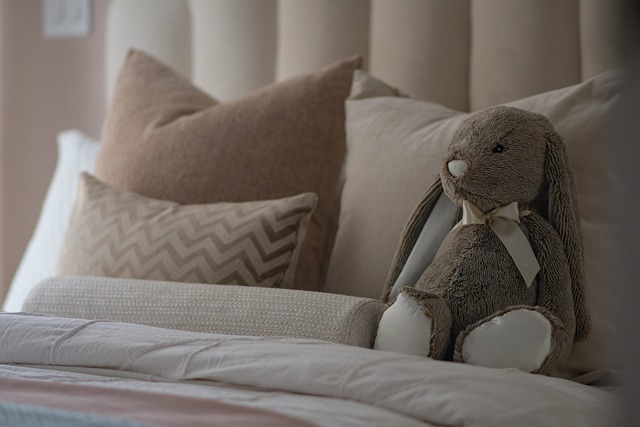Choosing the Best Bedding for Small Animals
When it comes to choosing the right bedding for your small animal, there are many factors to consider. From comfort and hygiene to durability and ease of cleaning, the right bedding can make a big difference in your pet’s overall health and happiness.
In this article, we’ll explore some key points to consider when selecting the best bedding for your small animal, including popular options like fleece, cotton, and recycled materials. We’ll also discuss the pros and cons of each type of bedding and provide some tips on how to keep your pet’s bed clean and hygienic.
First and foremost, it’s essential to consider your pet’s individual needs and preferences when choosing a new bed or blanket. Some pets may prefer softer, more plush materials, while others may prefer something cozier and warmer.
Here are some key points to consider when selecting the best bedding for your small animal:
- Comfort: Look for bedding that is soft, breathable, and comfortable against your pet’s skin. Avoid anything too thick or heavy, as this can cause discomfort and heat buildup.
- Hygiene: Choose a bedding material that is easy to clean and maintain. Some popular options include fleece, cotton, and recycled materials.
- Durability: Consider the lifespan of your pet’s bed or blanket. Look for durable materials that can withstand regular use and washing.
- Allergy concerns: If you or a family member has allergies, consider hypoallergenic bedding options like fleece or synthetic materials.
- Pet size: Choose a bedding material that is suitable for your pet’s size. Larger pets may require thicker, more supportive bedding, while smaller pets may prefer lighter, more delicate materials.
Some popular types of bedding for small animals include:
- Fleece: Soft, warm, and lightweight, fleece is a popular choice for small animal bedding. It’s easy to clean and maintain, but can be prone to pilling or fraying over time.
- Cotton: Breathable and natural, cotton is a great choice for pets who tend to overheat. Look for high-quality cotton bedding with a tight weave to prevent snagging.
- Recycled materials: Eco-friendly options like recycled polyester or Tencel are becoming increasingly popular among pet owners. These materials are soft, breathable, and durable, but may be more expensive than traditional options.
Here are some tips on how to keep your pet’s bed clean and hygienic:
- Clean regularly: Wash your pet’s bedding at least once a week, or as needed. Look for machine-washable materials like cotton or fleece.
- Dry thoroughly: Make sure to dry your pet’s bedding completely after washing. Avoid leaving it out in the sun or exposed to moisture.
- Fluff regularly: Fluff up your pet’s bed or blanket regularly to prevent clumping and encourage even distribution of support.
In conclusion, choosing the right bedding for your small animal can make a big difference in their comfort, hygiene, and overall health. By considering factors like comfort, hygiene, durability, allergy concerns, and pet size, you can select the best bedding for your furry friend. Remember to clean and maintain your pet’s bed regularly, and fluff it up to prevent clumping.
Tags:
Choosing Bedding For Pets
Small Animal Bedding
Pet Comfort
Eco-Friendly Pet Products
Pet Hygiene Tips

